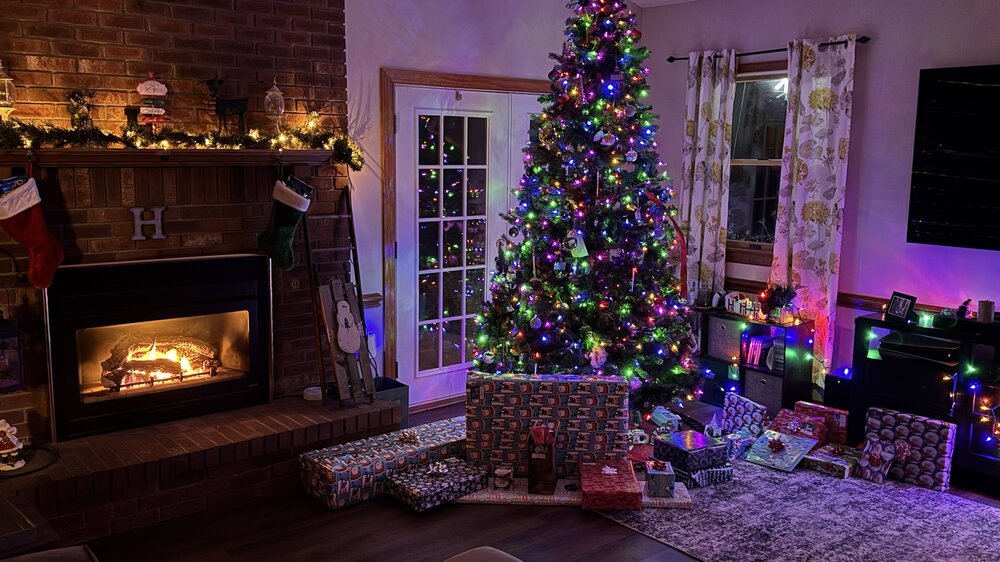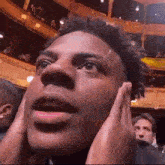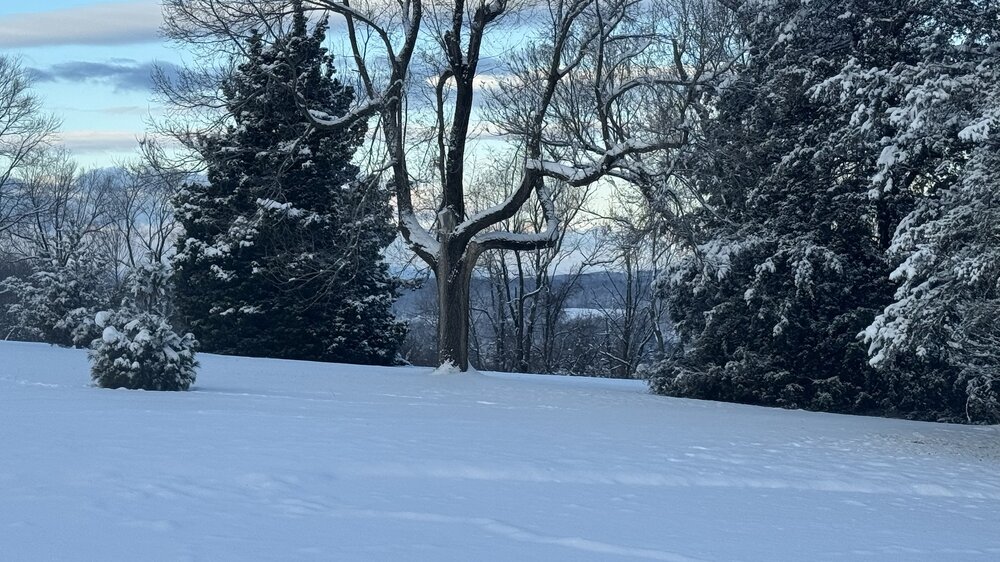-
Posts
26,582 -
Joined
-
Last visited
Content Type
Profiles
Blogs
Forums
American Weather
Media Demo
Store
Gallery
Everything posted by psuhoffman
-
I've been mostly quiet lately...some of that is how busy I've been, some is that I've lost interest in digging into 300 hour stuff and my life is better for it. But you all know I am not shy about calling time of death on a winter around xmas. I've done it before when it really does look bad. Even a couple days ago when the models looked bad for the next couple weeks I never got the sense this was a total dud winter. There are some things that are typical of that... an impending +++AO combined with a strong broad mid latitude central pacific ridge combined with a natural or cold enso. If you see those 3 things across long range guidance heading towards New Years...it's game over. Maybe we get a fluke one off thing but for the most part the winter is dead on arrival. We have not seen that this year. Not at all. The pacific ridge is displaced poleward. The AO has been variable with NAO help at times. These are not the hallmarks of a total dud winter. We will probably get chances. Maybe we get lucky. Maybe not. But there will be things to track this winter. I feel confident in that. I am not saying it's going to be a great winter...or even a good one (although maybe if we do get lucky, it only takes one big storm) but we will have chances.
-
I'm in Florida until the 3rd. Can we extend one day... you could probably use a day to recover anyways right?
-
This is pretty perfect pattern for skiers. Gonna be good for New England and most of the west from Colorado north.
-
I’ll be back in time for the 1996 redux
-
I’ll be gone from Dec 26-Jan 3 so not paying as much attention as normal but I do think that period holds serious potential for exactly this type of event. I don’t think it’s a huge storm setup. Waves will likely not be amplifying in that flow. But I definitely see a healthy NS wave getting forced under us and it doesn’t take a lot of moisture to make something decent work out in that setup.
-
-
Legit heavy snow
-
The kids made their first snowman of the season before going to bed
-
I’m on the first of those 2. Dug Hill ridge.
-
She thinks the magic sled worked https://imgur.com/a/ym1U9Ww#xlsIxX3 https://imgur.com/a/ym1U9Ww#o6BW4Dg
-
Very early. Snowing light. But it has the high ratio fluff look that accompanies most of the positive busts up here when a little bit of qpf can go a long way. If we just get .25 qpf it will be 4+ based on what I’m seeing.
-
My 7 year old just put out this little sled ornament she made at school and said maybe it’s magic and will make it snow. She has no idea…
-
It’s gone snow
-
-
It’s too meso scale for guidance to possibly get right. We wouldn’t even try to nail the exact location of a thunderstorm 60 hours out. This is the same thing.
-
My 11 year old son who is into engineering and science would probably listen and then start pulling up videos about it on his tablet. My 7 year old daughter would look at me and say "but my unicorn stuffy said it's going to snow" She is clearly the one on her way to a healthier, happier life.
-
I just want enough for my kids to be able to go sledding or build a snowman. They're starting to ask every day when it's going to snow.
-
For this type of event 60 hours might as well be 300. We’re talking about nailing down a very localized meso band. That’s like expecting the morels to get a line of thunderstorms correct from 60 hours. Juts getting typical Nina chaotic northern stream waves right outside 48 hours is hard enough. This is almost impossible. This isn’t a split flow Nino pattern where nailing STJ systems at long leads is a legit thing. The best analog in anyone’s set was 2014 and remember in that season almost none of the snows were depicted well outside 48 hours. The times it looked like snow from day 5 typically busted and almost all the snows that winter looked ambiguous at best from 72 hours out and trended into something inside that range. edit: best analog meaning the snowiest and one we hope ends up correct I’m not saying this is a 2014 clone coming. But I did incorporate some ideas from that winter into my expectations for this season. So far we’ve just been a bit unlucky. But every year is different. That year we got lucky and a lot of those waves hit us. A similar pattern won’t necessarily produce as good of results.
-
You're 100% correct on what the significant influences will be here. The issue is, none of these factors are things the guidance can possibly nail down to the exact mile at any significant lead time. This is essentially a meso scale event where nailing features to within a few miles becomes critical and that won't be possible until maybe even inside 24 hours if not nowcast.
-
We are in the game...but it's hard to get excited at all when the margin for error is so thin. Which has been true of most of our threats lately which is why I've not been to active tracking things until inside 48 hours.
-
-
If this general pattern continues we will get a snowstorm.
-
Not every situation follows that general rule. Several factors I weighted. I think the PDO is becoming more favorable and that matters more than an incredibly weak Nina. The fall pattern matched the snowier analogs I identified. We’re due.
-
I wasn't trying to be snarky or confrontational...I am sorry if it came off that way.












